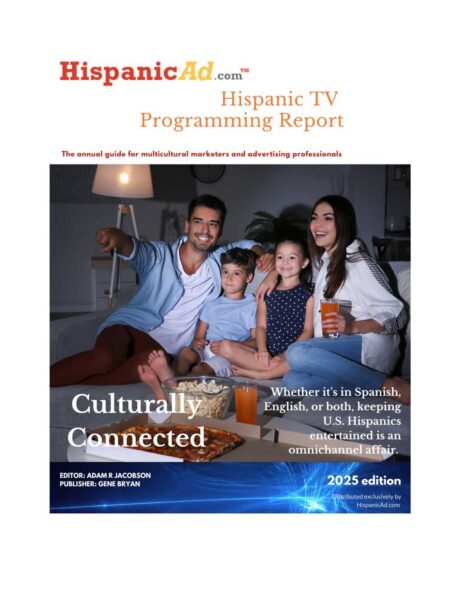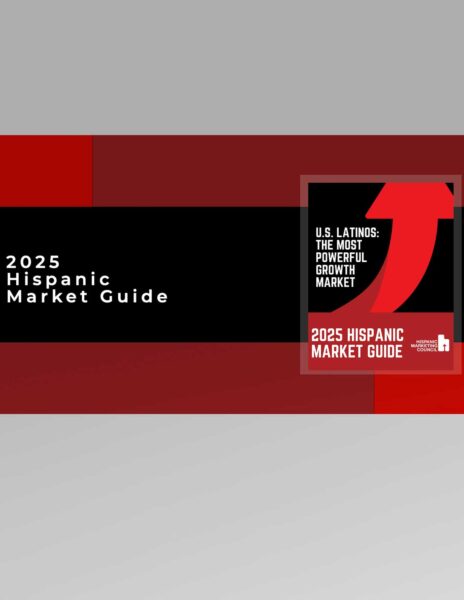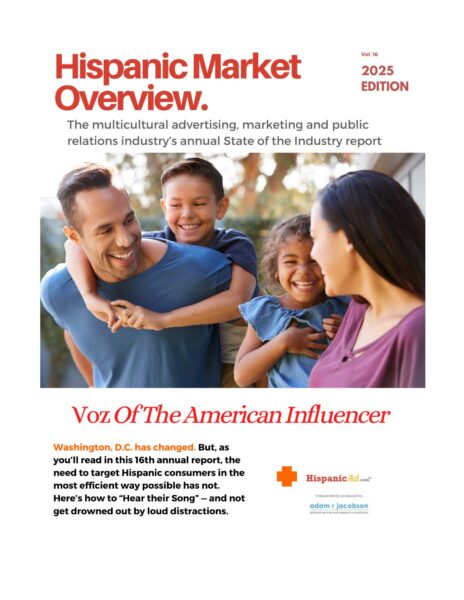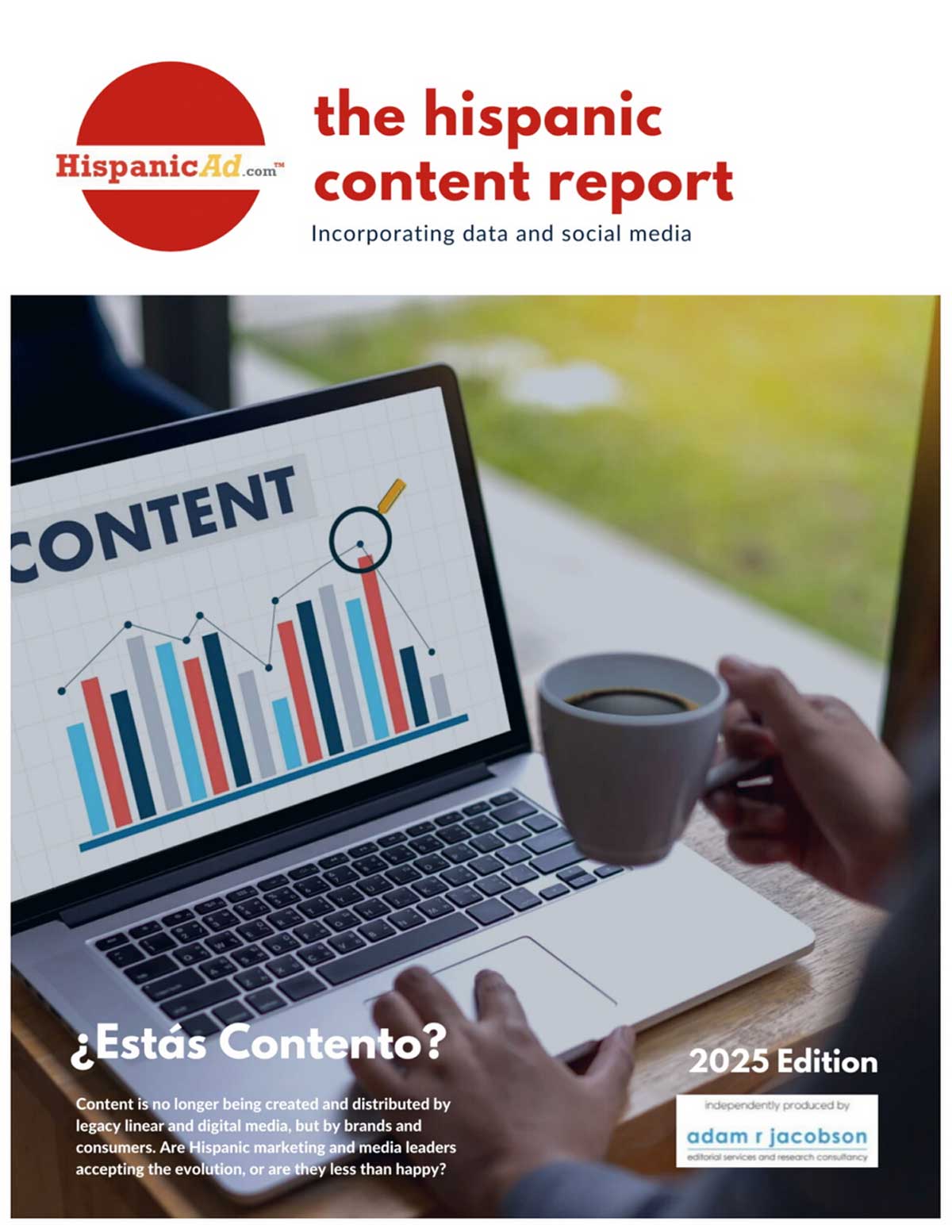ANA To Probe Programmatic Media Transparency
 The ANA announced it is launching a comprehensive study of the programmatic media buying ecosystem, which it described as “riddled with material issues including thin transparency, fractured accountability, and mind-numbing complexity.”
The ANA announced it is launching a comprehensive study of the programmatic media buying ecosystem, which it described as “riddled with material issues including thin transparency, fractured accountability, and mind-numbing complexity.”


 The U.S. Census Bureau released the first population counts from the 2020 Census.
The U.S. Census Bureau released the first population counts from the 2020 Census. It is unquestionable that Gen Z is a mobile-and-short-form oriented audience. Horowitz’s latest report, State of Gen Z 2020, finds that three in four 13-24 year-olds use their smartphones to watch video content—which could include both long-form and short-form—daily or almost every day. In contrast, 62% report streaming video to a TV set, 52% to a laptop, and 36% to a tablet.
It is unquestionable that Gen Z is a mobile-and-short-form oriented audience. Horowitz’s latest report, State of Gen Z 2020, finds that three in four 13-24 year-olds use their smartphones to watch video content—which could include both long-form and short-form—daily or almost every day. In contrast, 62% report streaming video to a TV set, 52% to a laptop, and 36% to a tablet. For marketers, 2020 was the year of the pivot. Those who thrived used ingenuity and agility to keep in lock step with the pace of change. But change is far from over.
For marketers, 2020 was the year of the pivot. Those who thrived used ingenuity and agility to keep in lock step with the pace of change. But change is far from over. After a two part series titled “Black is LOUDER than Brown”, where we highlighted the incident where Dentsu’s CEO (owners of Carat Media) stated that the agency would direct more ad dollars to Black Owned and Operated Broadcasters in a program titled “Project Booker.” We have an update.
After a two part series titled “Black is LOUDER than Brown”, where we highlighted the incident where Dentsu’s CEO (owners of Carat Media) stated that the agency would direct more ad dollars to Black Owned and Operated Broadcasters in a program titled “Project Booker.” We have an update. If you ask a CMO, “Who is your target consumer?” there’s a high probability the answer will be “Millennials or Gen-Zers.” One of the characteristics that distinguish these demographic cohorts is that these are the most multicultural generations we have ever seen in the United States. It is estimated that almost half of all Gen-Zers and 44% of Millennials are from a multicultural background. Together, these two groups represent nearly 42% of the country’s population. By Isaac Mizrahi – Co-President of ALMA Agency
If you ask a CMO, “Who is your target consumer?” there’s a high probability the answer will be “Millennials or Gen-Zers.” One of the characteristics that distinguish these demographic cohorts is that these are the most multicultural generations we have ever seen in the United States. It is estimated that almost half of all Gen-Zers and 44% of Millennials are from a multicultural background. Together, these two groups represent nearly 42% of the country’s population. By Isaac Mizrahi – Co-President of ALMA Agency Whether pitching in person or virtually, deciding who will represent your agency determines the outcome of the pitch. By Mark Duval – The Duval Partnership
Whether pitching in person or virtually, deciding who will represent your agency determines the outcome of the pitch. By Mark Duval – The Duval Partnership No marketer would ever question the need for high-quality data, especially as consumers demand increasingly personalized experiences from brands. Despite the need, however, data quality remains a significant obstacle for brands of all sizes, which means many marketers will struggle to establish the relevant connections that consumers are seeking.
No marketer would ever question the need for high-quality data, especially as consumers demand increasingly personalized experiences from brands. Despite the need, however, data quality remains a significant obstacle for brands of all sizes, which means many marketers will struggle to establish the relevant connections that consumers are seeking. After a historic and challenging year, US consumers have become more reliant than ever on media for entertainment, information, and social connection. The pandemic has accelerated preexisting industry trends and altered entertainment-related behaviors, leading many to wonder which will stick after the crisis and what the implications may be for media and entertainment (M&E) businesses.
After a historic and challenging year, US consumers have become more reliant than ever on media for entertainment, information, and social connection. The pandemic has accelerated preexisting industry trends and altered entertainment-related behaviors, leading many to wonder which will stick after the crisis and what the implications may be for media and entertainment (M&E) businesses. In ‘The 5 habits of highly effective advertisers’, we highlighted that inclusion and diversity is one of the ingredients, or creative devices, used by brands to make their ads both creative and effective.
In ‘The 5 habits of highly effective advertisers’, we highlighted that inclusion and diversity is one of the ingredients, or creative devices, used by brands to make their ads both creative and effective. An email is sent with no response, a phone call is not returned, a collaboration ends with no explanation. Productivity in business can be measured in various shapes and sizes, but nothing can bring the spirit of a venture to a halt like these nagging aspects of simple communication. By Buzz Knight
An email is sent with no response, a phone call is not returned, a collaboration ends with no explanation. Productivity in business can be measured in various shapes and sizes, but nothing can bring the spirit of a venture to a halt like these nagging aspects of simple communication. By Buzz Knight  It’s important for brands to use discretion when attaching themselves to social media trends and challenges, and not leverage moments that could hurt customers or damage a brand.
It’s important for brands to use discretion when attaching themselves to social media trends and challenges, and not leverage moments that could hurt customers or damage a brand. Grupo Televisa, S.A.B. (“Televisa”), and Univision Holdings, Inc. (together with its wholly owned subsidiary, Univision Communications Inc., “Univision”), announced a definitive transaction agreement in which Televisa’s content and media assets will be combined with Univision to create the largest Spanish-language media company in the world: Televisa-Univision (the “Company”).
Grupo Televisa, S.A.B. (“Televisa”), and Univision Holdings, Inc. (together with its wholly owned subsidiary, Univision Communications Inc., “Univision”), announced a definitive transaction agreement in which Televisa’s content and media assets will be combined with Univision to create the largest Spanish-language media company in the world: Televisa-Univision (the “Company”). Do you consider search consultants when planning your agency’s new business program? And what is the best way to do that, exactly? By Mark Duval – The Duval Partnership
Do you consider search consultants when planning your agency’s new business program? And what is the best way to do that, exactly? By Mark Duval – The Duval Partnership Throughout my life I’ve been called many names. In fact, I remember growing up in Mexico City being fondly referred to as “Güerito” (blondie,) in spite of having dark hair. This name had to do with the fact that I am the son of Rumanian immigrants, so I was whiter than most of my other friends. However, in spite of my foreign origin, last name, and my looks, I was always, and still am, very proud of being Mexican. By Luis Miguel Messianu, Creative Chairman & CEO, Alma
Throughout my life I’ve been called many names. In fact, I remember growing up in Mexico City being fondly referred to as “Güerito” (blondie,) in spite of having dark hair. This name had to do with the fact that I am the son of Rumanian immigrants, so I was whiter than most of my other friends. However, in spite of my foreign origin, last name, and my looks, I was always, and still am, very proud of being Mexican. By Luis Miguel Messianu, Creative Chairman & CEO, Alma 

























